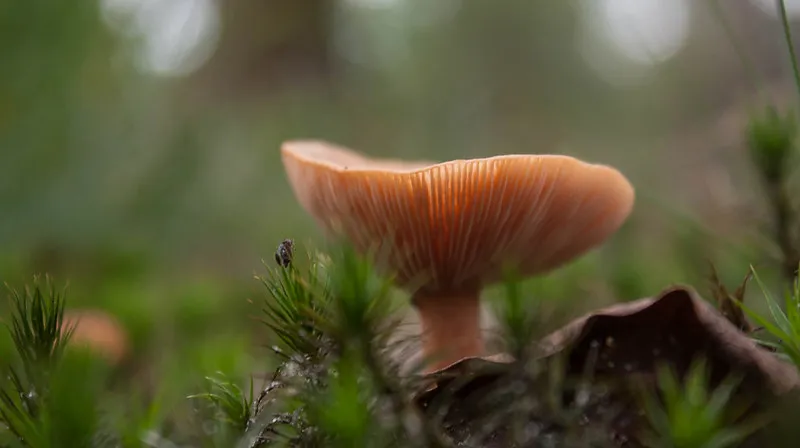The Amanita Muscaria mushroom also known as the fly agaric is a well-known species often associated with folklore and myths. However, research has indicated that this mushroom could have potential medical benefits.
In this article, you’ll look closer at the Amanita Muscaria mushroom separating the myths from the facts and exploring its potential for medical use. So dive in and explore the world of the Amanita mushroom blog.
What is Amanita Muscaria?
The Amanita Muscaria mushroom contains several compounds including muscimol and ibotenic acid known for their psychoactive properties. It is a mushroom found in the Northern Hemisphere, particularly in Europe, Asia and North America. The mushroom has a distinctive red cap with white spots and is often depicted in fairy tales and mythology.
Myths and Misconceptions
The Amanita Muscaria mushroom has long been associated with myths and misinterpretations. One of the common misconceptions is that the mushroom is deadly poisonous but it is not typically fatal. However, the psychoactive compounds in the mushroom can cause hallucinations and other adverse effects which is why it is not recommended for recreational use. Another myth is that the mushroom was used in ancient shamanic rituals but little evidence supports this claim.
Medical Potential
While the mushroom is not typically used for medical purposes research has suggested that it could benefit specific health conditions. Some studies have found that muscimol one of the compounds found in the mushroom may have anti-inflammatory and analgesic properties making it a possible candidate for treating pain and inflammation. Other research has suggested that ibotenic acid may have neuroprotective properties making it helpful in treating certain neurological conditions.
Safety Concerns
Despite its potential medical benefits the Amanita Muscaria mushroom should not be used cautiously. The psychoactive compounds in the mushroom cause hallucinations and other adverse effects and there is a risk of overdose if too much of the mushroom is consumed. Additionally, the mushroom can be easily confused with other toxic mushrooms which can be fatal if ingested. Therefore consulting a medical professional before using the Amanita Muscaria mushroom is essential.
Alternative Treatments
While Amanita Muscaria may have potential medical benefits many alternative treatments are safer and more well-studied. For example there are a variety of anti-inflammatory and analgesic medications commonly used for pain and inflammation and many neuroprotective agents have been extensively researched for treating neurological conditions. It is important to explore all available options and consult a healthcare provider before considering alternative treatments.
Conclusion
Amanita Muscaria has a long history of myth and folklore but it could have potential medical benefits. However, caution must be exercised when considering using this mushroom. The psychoactive compounds can cause adverse effects and there is a risk of confusion with other toxic mushrooms. While the Amanita mushroom blog may be exciting seeking guidance from a medical professional before using alternative treatments is essential.
As with any alternative medicine or supplement, it is important to research and understand the potential risks and benefits before use. It is always advisable to consult with a qualified healthcare professional before trying any new treatment or supplement including Amanita muscaria.

